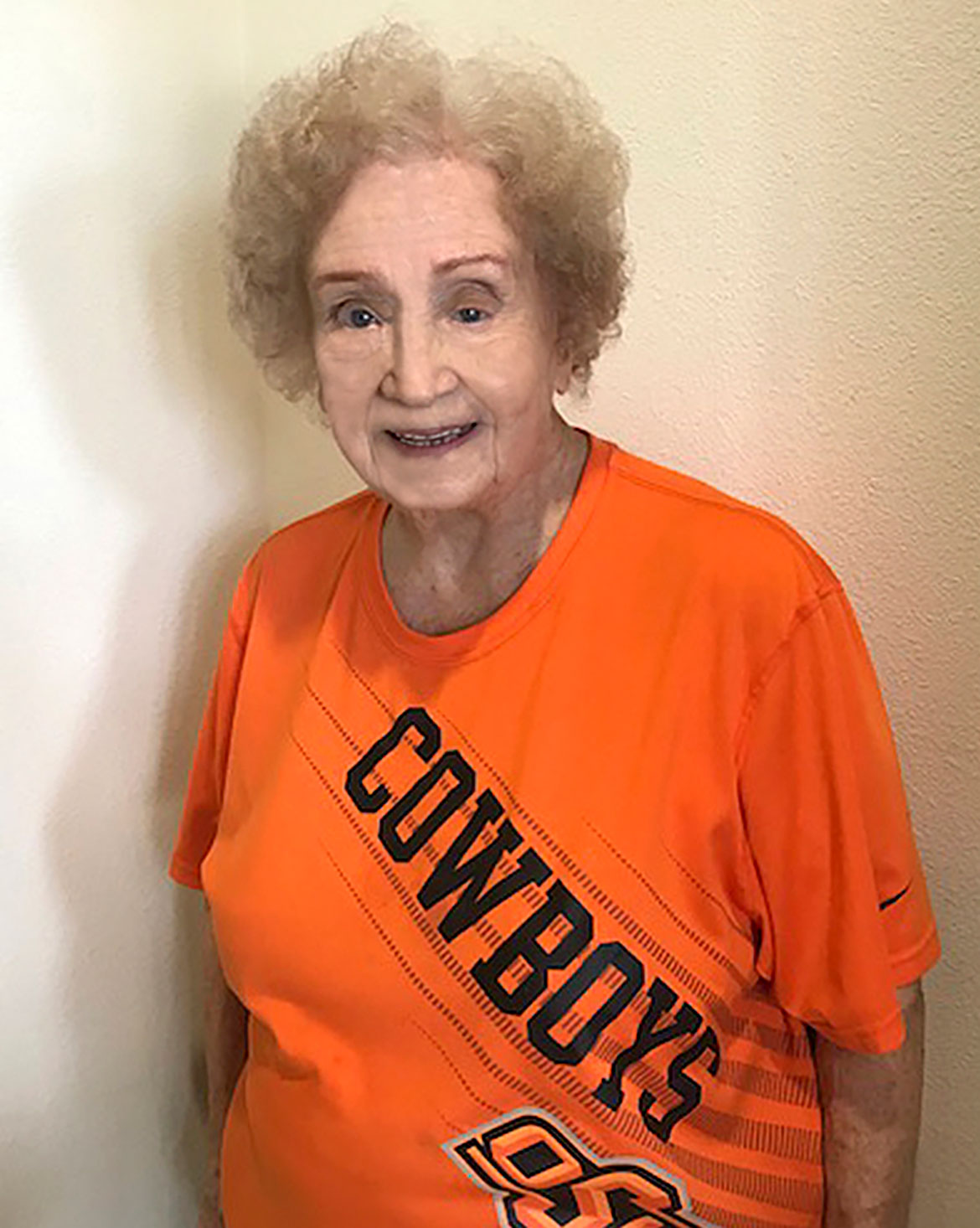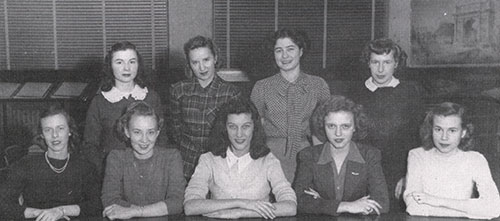
Engineering Success
Thursday, November 1, 2018
OSU's first female graduate in her fields credits her ability to adjust
By Will Carr
Adapt. Ruth Spivey has taken that word to heart throughout her 94 years. But when she graduated from OSU more than 70 years ago, adapting wasn’t a choice. It was a requirement.
Spivey was born in Ripley, Oklahoma, and eventually moved to Stillwater with her parents. She was always fascinated by math and science.
“I was kind of a weird little kid,” Spivey said. “I can remember before I started school, I wanted boys’ toys. My loving grandfather bought me a little steam engine and an electric train. I was always interested in that sort of thing.”
This fascination led Spivey to attend OSU (then Oklahoma A&M College) as an electrical engineering student during World War II.
“My classes were very small because most of the guys got drafted,” Spivey said. “I think that was one of the reasons I did fairly well. The classes were so small, and I got a lot of individual attention.”
At OSU, Spivey was a member of Sigma Delta, an organization designed to stimulate interest and encourage scholastic achievement of the women enrolled in engineering through closer association and mutual assistance.

“We supported each other,” Spivey said. “If we felt overwhelmed, we would boost each other up.”
Spivey graduated in 1945 as the first woman to earn an electrical engineering degree from OSU.
Before she began her career, Spivey received some advice from a mechanical engineering professor that stuck with her.
“He told me I was entering a man’s world. Adapt. Don’t try to change it,” she said.
While working her first job as a test engineer for General Electric, Spivey met her husband, Frank. The couple would have three children together: Margaret, Harold and Patricia.
Marriage and having children led to more adapting as Spivey continued to pursue her career.
“Back in that day, women could not work if they were pregnant,” Spivey said. “There were periods of time when I didn’t get a chance to work. Also, after we got married, Frank and I couldn’t work in the same building for GE.”
None of this stopped Spivey from taking
jobs across the country for the next five decades as the family moved because of Frank’s position.
One of Spivey’s proudest accomplishments was doing the surveying and assisting with the location map for the Interstate 10 bypass around Benson, Arizona, while she worked for the Arizona Highway Department.
Eventually, Spivey would land multiple positions for the U.S. Air Force in San Antonio. She worked for the Air Force in civil service for over 25 years, including as head of the base closure division for Air Educations and Training Command, in charge of nearly 50 other engineers.
“I never felt like the men who worked for me were uncomfortable,” Spivey said. “I just treated them like I would have liked to have been treated.”
Upon retiring from civil service for the Air Force, Spivey was classified as a GS14—the second-highest civilian rank.
Spivey now lives in a retirement home in New Braunfels, Texas, where she continues to support the university she loves. She hopes she can inspire women to reach for their goals.
“I think it is extremely important to work on something you are excited about,” Spivey said. “It’s not hard to get along with people if everyone is excited and shares a common goal.”
